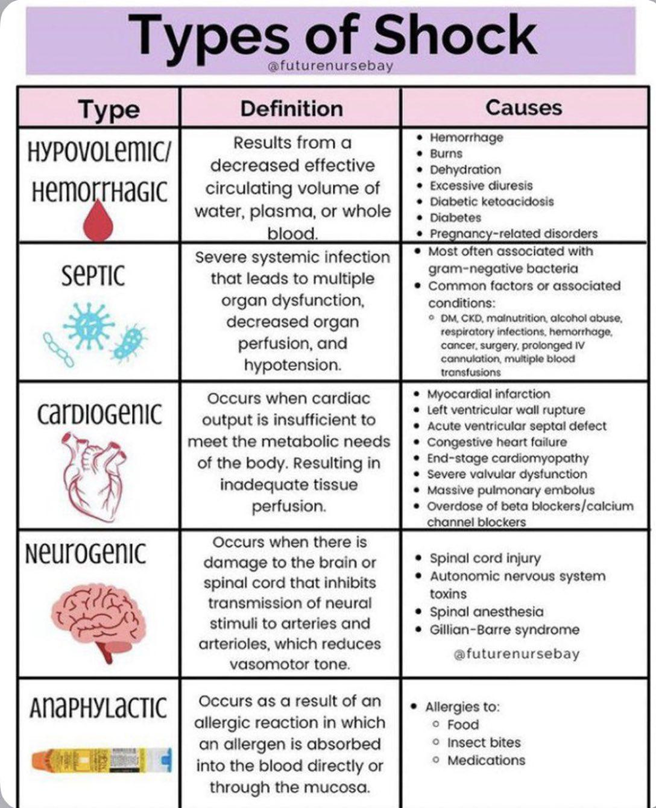The nurse is caring for a client with asthma. The client asks the nurse what structures make up the upper respiratory tract. Which response by the num the most appropriate?
The nose, nasal cavity, pharynx, and paranasal sinuses
The nose and paranasal sinuses
The lungs and associated structures
The nose, nasal cavity, pharynx, and the lungs
The Correct Answer is A
A) The nose, nasal cavity, pharynx, and paranasal sinuses.
The upper respiratory tract consists of the structures located above the larynx (voice box). These include the nose, nasal cavity, pharynx (throat), and paranasal sinuses. These structures play vital roles in filtering, warming, and humidifying the air we breathe, as well as in olfaction (sense of smell) and speech resonance.
B) The nose and paranasal sinuses:
While the nose and paranasal sinuses are indeed part of the upper respiratory tract, this response does not include the entirety of the upper respiratory structures, such as the pharynx, which is also crucial.
C) The lungs and associated structures:
This choice is incorrect because the lungs are part of the lower respiratory tract, not the upper respiratory tract. The lower respiratory tract includes the trachea (windpipe), bronchi, bronchioles, and alveoli.
D) The nose, nasal cavity, pharynx, and the lungs:
This response includes structures from both the upper and lower respiratory tracts. While the nose, nasal cavity, and pharynx belong to the upper respiratory tract, the lungs are part of the lower respiratory tract. Therefore, this option is not accurate for describing the components of the upper respiratory tract.
Nursing Test Bank
Naxlex Comprehensive Predictor Exams
Related Questions
Correct Answer is ["A","B","E"]
Explanation
A. Respiratory rate and pulse: Albuterol is a bronchodilator medication commonly used to relieve bronchospasm in conditions like asthma and chronic obstructive pulmonary disease (COPD). Monitoring the patient's respiratory rate and pulse is essential to assess the response to the medication and any potential adverse effects.
B. Pulse oximetry: Albuterol helps to open the airways and improve oxygenation in patients with bronchospasm. Monitoring oxygen saturation using pulse oximetry provides valuable information about the patient's respiratory status and response to treatment.
C. Capillary refill: Capillary refill is typically assessed to evaluate peripheral perfusion and circulation. While it is an important assessment in certain clinical situations, it is not directly related to monitoring the response to albuterol administration.
D. Glucose: Glucose monitoring is not typically indicated after administering albuterol nebulizer unless the patient has a history of diabetes or there are specific concerns regarding glucose levels.
E. Lung sounds: Assessing lung sounds before and after administering albuterol helps to evaluate the effectiveness of the medication in relieving bronchospasm. Improvement in lung sounds, such as decreased wheezing or clearer breath sounds, indicates a positive response to treatment.
Correct Answer is D
Explanation
A) Cardiogenic shock:
Cardiogenic shock occurs when the heart is unable to pump enough blood to meet the body's needs, often due to myocardial infarction (heart attack) or other conditions affecting the heart's function. The client's history of a recent infection does not align with the etiology of cardiogenic shock.
B) Neurogenic shock:
Neurogenic shock occurs due to dysfunction of the autonomic nervous system, typically as a result of spinal cord injury or severe brain injury. It is characterized by widespread vasodilation and bradycardia. The client's history of a recent infection does not align with the etiology of neurogenic shock.
C) Hypovolemic shock:
Hypovolemic shock occurs due to a significant loss of blood volume, such as from trauma, hemorrhage, or dehydration. While infection can lead to fluid loss and dehydration in some cases, the client's history of a recent infection suggests a different etiology, specifically septic shock, which is driven by the systemic inflammatory response to infection.
D) Septic shock.
Septic shock is a type of distributive shock caused by a systemic response to infection. It occurs when an infection triggers a widespread inflammatory response, leading to vasodilation, increased capillary permeability, fluid loss from the bloodstream, and impaired tissue perfusion. The client's history of a recent infection suggests that the shock may be septic in nature.

Whether you are a student looking to ace your exams or a practicing nurse seeking to enhance your expertise , our nursing education contents will empower you with the confidence and competence to make a difference in the lives of patients and become a respected leader in the healthcare field.
Visit Naxlex, invest in your future and unlock endless possibilities with our unparalleled nursing education contents today
Report Wrong Answer on the Current Question
Do you disagree with the answer? If yes, what is your expected answer? Explain.
Kindly be descriptive with the issue you are facing.
